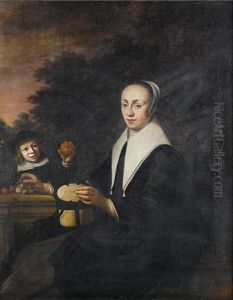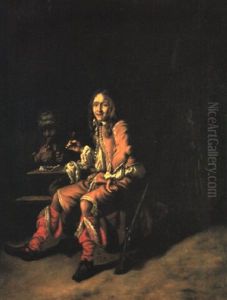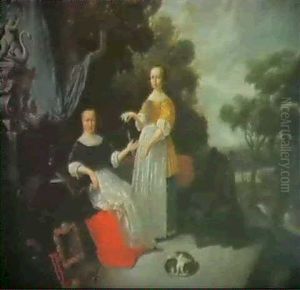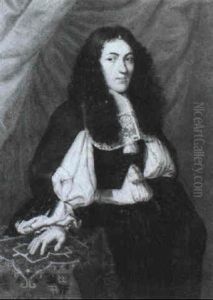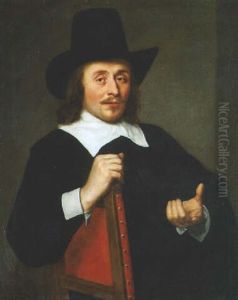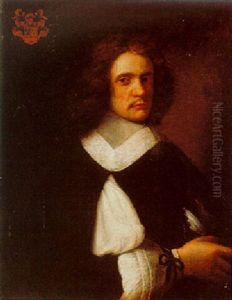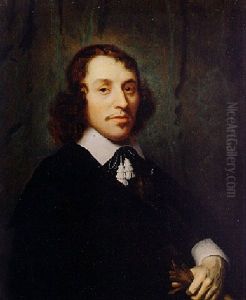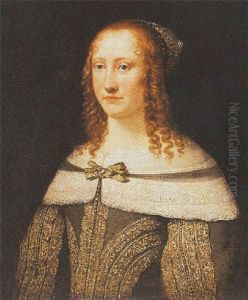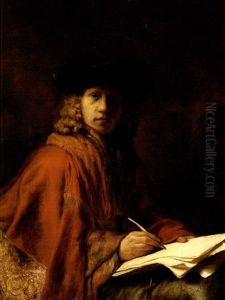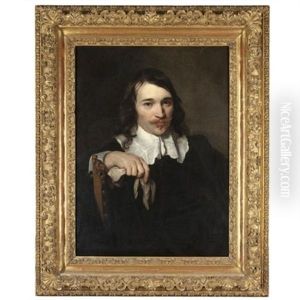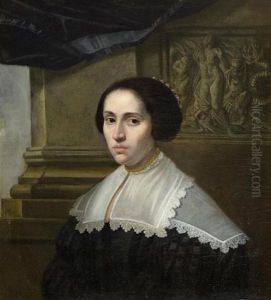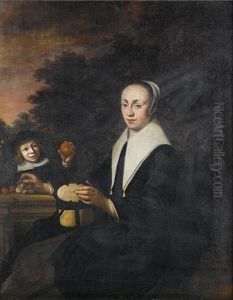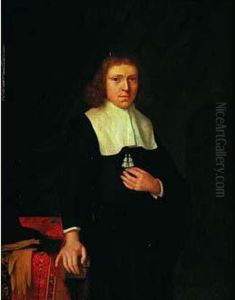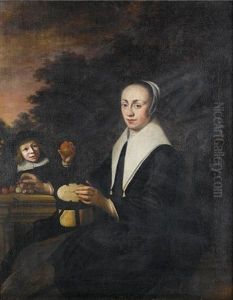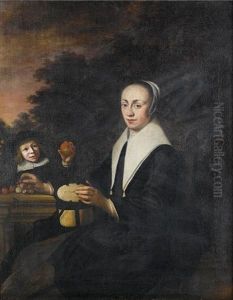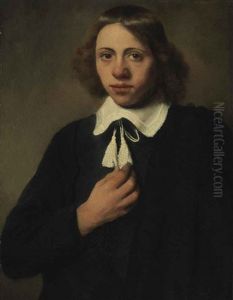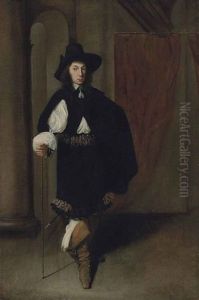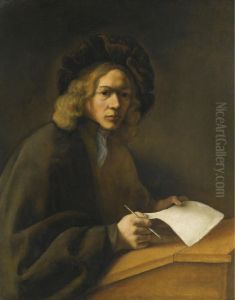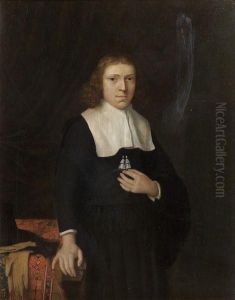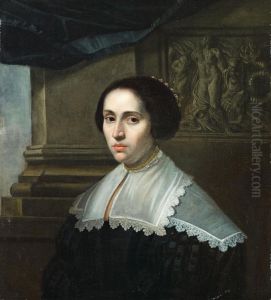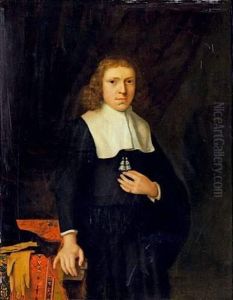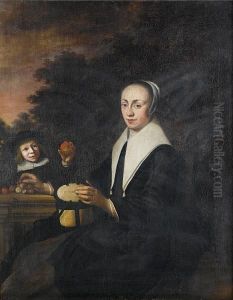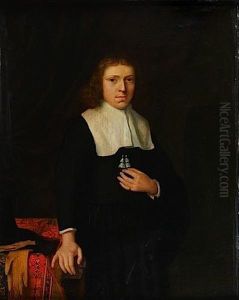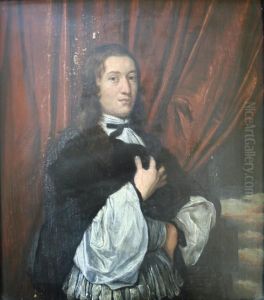Jacobus Levecq Paintings
Jacobus Levecq was a Dutch Golden Age painter who was born on December 9, 1634, in Dordrecht, the Netherlands. His artistic journey began under the guidance of Rembrandt van Rijn, one of the most celebrated artists of the time. Levecq's work was largely influenced by Rembrandt's style, particularly in his use of light and shadow, which is evident in his portraits and biblical scenes. Despite this influence, Levecq developed his own distinct approach to painting, characterized by a softer and more refined use of light.
Levecq's artistic career was primarily focused on portraiture, and his ability to capture the psychological depth and individuality of his subjects was remarkable. His portraits are known for their sensitivity and the lifelike quality of the figures he depicted. Unfortunately, his career was relatively short-lived; he died at the young age of 40 on August 12, 1675, in Dordrecht. Due to his early death, Levecq's body of work is not as extensive as some of his contemporaries, but his contributions to Dutch portraiture are nonetheless valued among art historians and collectors.
Despite his talent, Jacobus Levecq did not achieve widespread fame during his lifetime, and his works were often overshadowed by those of his mentor, Rembrandt. However, in the centuries following his death, art historians have come to appreciate his skill and the unique qualities of his paintings. Today, Levecq is recognized for his mastery of light and the intimate character of his portraits, and his works are held in various art collections around the world, including the Rijksmuseum in Amsterdam and the Dordrechts Museum in his hometown.
